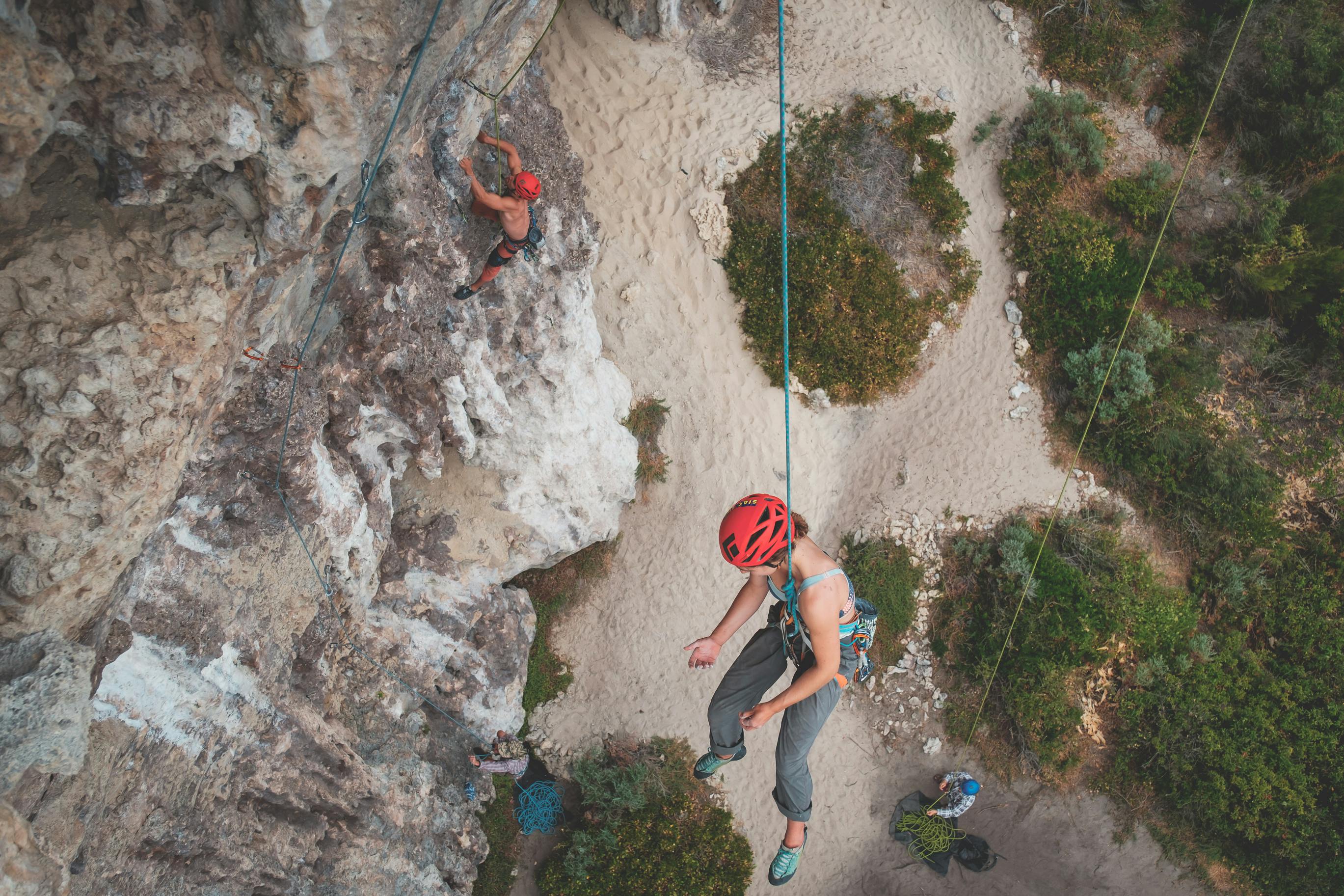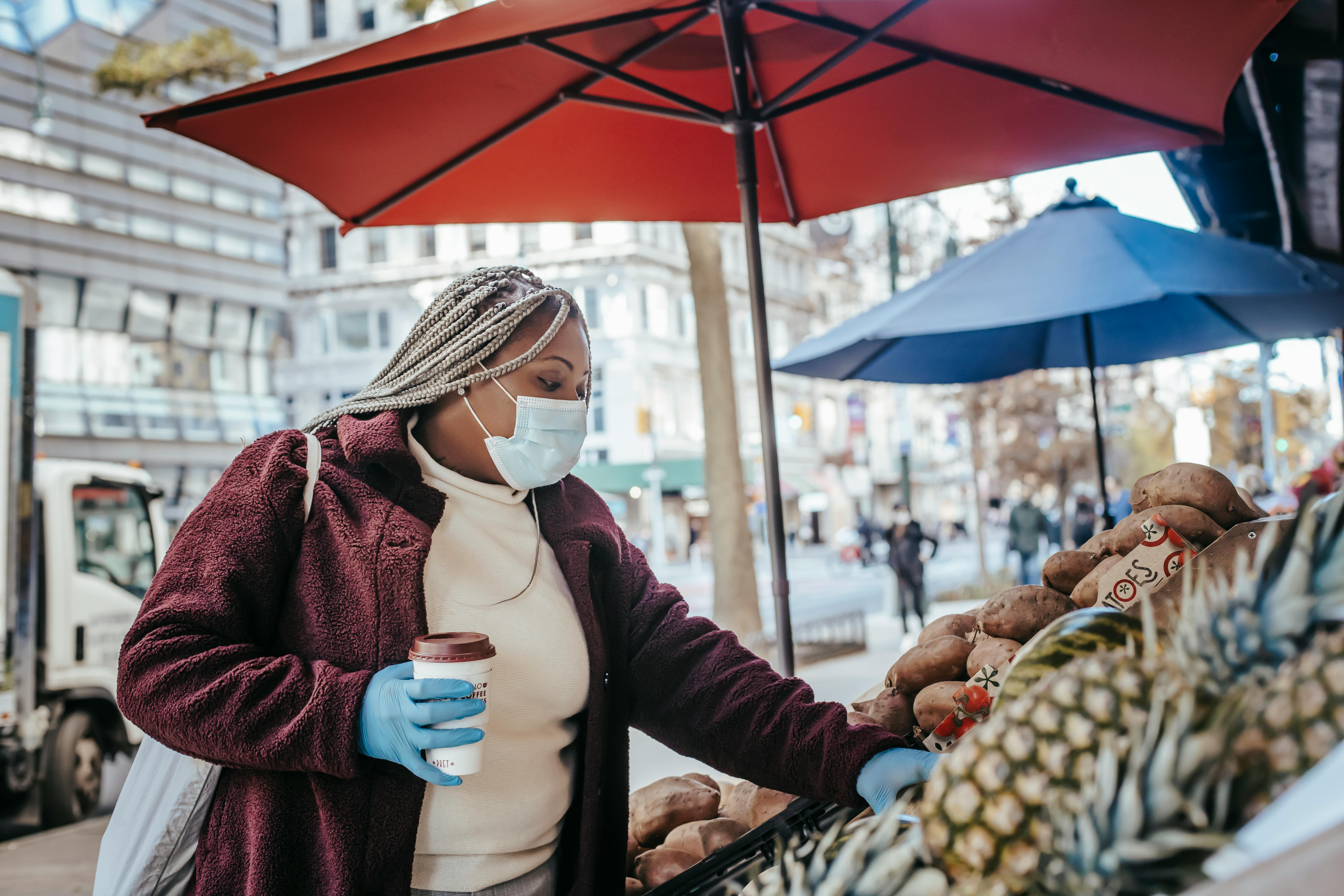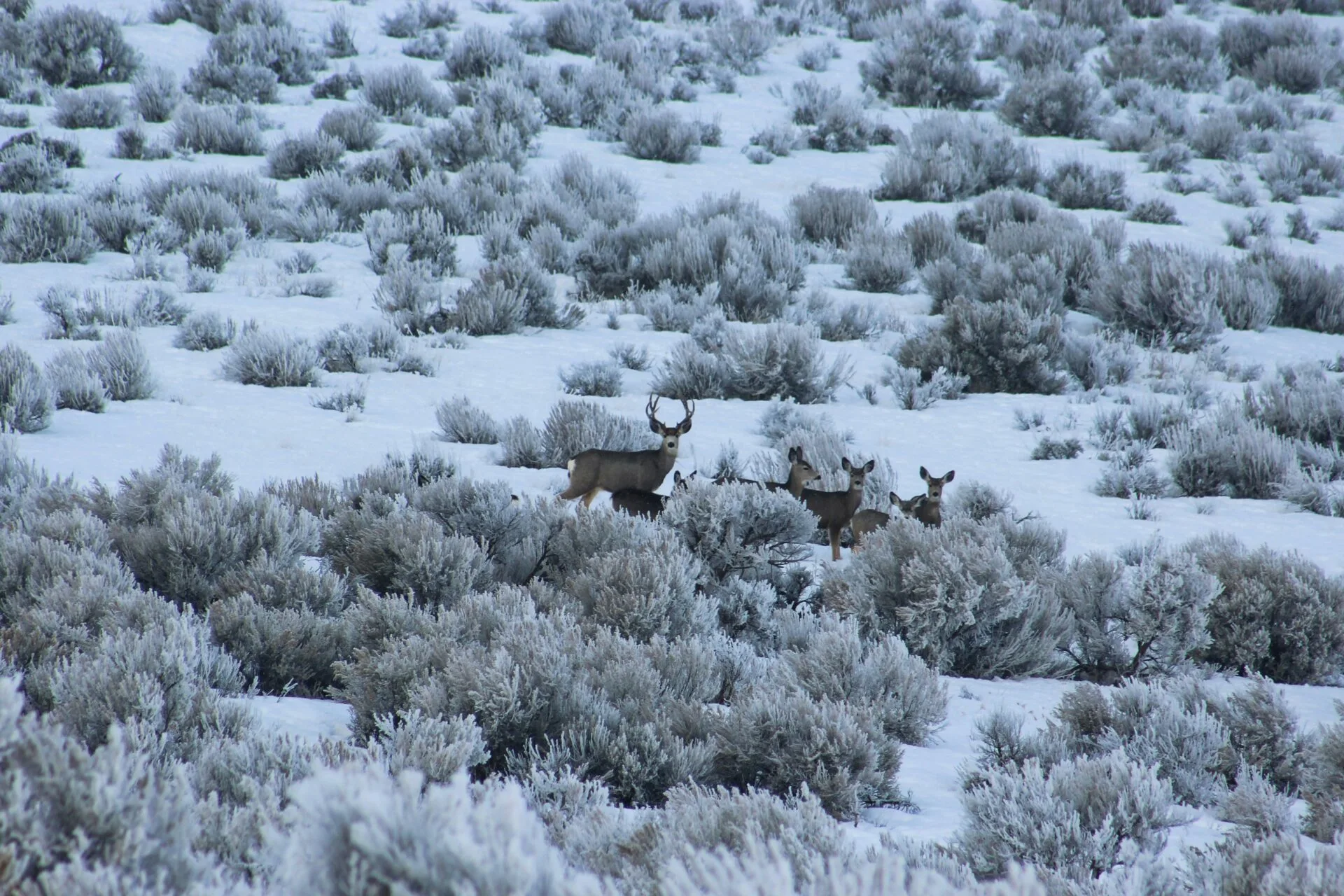Deer can be a nuisance to gardeners, especially when they start nibbling on blueberry bushes. Luckily, there are several methods for protecting blueberry bushes from deer. These methods range from physical fencing to chemical applications. With the right combination of strategies, you can protect your blueberry bushes from deer and enjoy the delicious fruit for years to come.One way to deter deer from eating blueberry bushes is to create a physical barrier around the bushes. This can be done by installing fencing made of chicken wire or hardware cloth, with a height of at least 8 feet. Make sure there are no gaps or holes in the fencing that deer could squeeze through. Additionally, you may want to use deterrents such as motion-activated sprinklers, brightly colored flags, and/or strong-smelling repellents formulated for deer.
Identifying Deer Damage in Blueberry Bushes
Deer are a common sight in the countryside, but they can also be a nuisance to gardeners and farmers alike. One of the biggest problems caused by deer is their tendency to eat the leaves and fruit of blueberry bushes. Identifying deer damage in blueberry bushes is key to preventing further damage and maintaining healthy plants.
The most obvious sign of deer damage to blueberry bushes is the presence of browse lines—the areas where the animals have eaten all or most of the leaves from a bush. These lines can be identified by looking for bare branches where only stubs remain, or for uneven growth on branches. In addition, look for evidence of animal droppings near or around the plants, as well as signs that deer may have trampled nearby vegetation while feeding.
Another way to identify deer damage is to look at the foliage around the base of your blueberry bushes. If you see that young shoots have been chewed off or that buds are missing, this may indicate that deer are present in your area and are browsing on your plants. To confirm this, look for tracks or other evidence such as scrapes on trees or fences nearby.
Finally, it’s important to keep an eye out for any changes in fruit production from year to year. If there has been a reduction in fruit production and no other cause can be found, it’s likely that deer may be responsible.
By keeping an eye out for signs of deer damage, gardeners and farmers can take steps to protect their crops from further destruction and ensure a healthy harvest season each year.
Planting Resistant Varieties of Blueberry Bushes
Planting resistant varieties of blueberry bushes is an important step in protecting your crop from pests and disease. Blueberry plants are susceptible to a variety of fungal diseases and insect pests, so it is important to choose varieties that have been bred for resistance. Resistant varieties can reduce the need for chemical inputs and help protect the environment.
When selecting a variety, it is important to consider the climate and soil conditions in your region. Choose a variety that has been developed for your specific growing conditions, as this will give you the best chance of success. You should also consider how much time you have available for maintenance. Some varieties require more care than others, so make sure to select one that fits with your lifestyle.
Once you have selected a resistant variety, you can begin preparing the soil for planting. Blueberries prefer an acidic soil, so adding organic matter such as peat moss or compost is recommended. Be sure to amend the soil with plenty of nutrients such as phosphorus, potassium, calcium, magnesium and other trace elements before planting your bushes.
It is also important to provide adequate drainage for your blueberry bushes. Plant them in raised beds if possible and consider using a drip irrigation system to ensure they get enough water without becoming waterlogged. You should also mulch around the base of each bush to maintain moisture levels and reduce weed growth.
Finally, it is important to prune your blueberry bushes regularly throughout the growing season to ensure they remain healthy and productive. Pruning encourages new growth which helps keep them productive for years to come. Pruning should be done in late winter or early spring before new growth begins so as not to damage any developing fruit buds or flowers.
By taking these steps and selecting resistant varieties of blueberry bushes, you can protect your plants from pests and disease while increasing their productivity over time.
Using Repellents to Protect Blueberry Bushes
Protecting blueberry bushes from pests is an important task for any gardener or farmer. One way to do this is to use repellents. Repellents are products that can be sprayed on the plants to repel pests, such as deer, rabbits, and other animals. Repellents are available in many forms, including granules, sprays, and liquids. They can be applied directly to the foliage or mixed with water and sprayed onto the plants.
Repellents work by releasing an unpleasant odor or taste that pests find offensive. This helps keep them away from the plants. Some repellents also contain ingredients that irritate pests’ skin or eyes, which helps keep them away even more effectively.
There are a few different types of repellents available for protecting blueberry bushes. One type is synthetic repellents, which contain chemical ingredients designed to repel specific types of pests. Synthetic repellents are effective but can be toxic if used improperly.
Another type of repellent is natural repellents, which use natural ingredients such as garlic or hot pepper to repel pests. Natural repellents are safer than synthetic ones but may not last as long and may not be as effective against certain types of pests.
When using any type of repellent, it’s important to follow the instructions on the label carefully and use only what is necessary for the job at hand. Overusing a repellent can damage plants or make them more attractive to certain pests instead of less attractive! It’s also important to reapply the product regularly in order for it to be effective in keeping pests away from your blueberry bushes.
Finally, it’s important to remember that while repellents can help protect your blueberry bushes from pesky critters, they are not a cure-all solution; other methods such as fencing or physical barriers must also be used in order for your blueberry plants to remain pest-free!
Utilizing Fencing and Netting to Keep Deer Away
Deer can be a nuisance to homeowners, gardeners, farmers and anyone with landscaping. They can eat plants, flowers and vegetables and trample gardens. To help keep deer away, fencing and netting can be used in various ways.
Fencing is an effective way to keep deer out of an area. The type of fence needed depends on the size of the area that needs protection. A solid fence that is at least 8 feet high should be used for most residential areas. For larger areas or farms, a woven wire or mesh fence is recommended as it will allow some visibility while still keeping out larger animals such as deer.
Netting is another effective tool to use for keeping deer away. It can be hung over trees, shrubs and gardens to provide a physical barrier that deer cannot get through. Netting should be made from a strong material such as nylon or polyester so it will withstand the elements and not unravel easily when bumped by animals or other objects.
It’s important to remember that fencing and netting are only one part of keeping deer away from an area. Other measures such as planting certain types of plants or using natural repellents may also be necessary to protect landscaping from deer damage. With a combination of these methods, homeowners and gardeners can enjoy their outdoor spaces without worrying about damage from deer.

Installing Motion Activated Devices Around Blueberry Bushes
Blueberry bushes are a popular crop for many reasons. They can be grown in different climates, produce a high yield of fruit, and are relatively easy to maintain. However, one issue that farmers often face is the threat of pests and animals eating their crop. To help protect their blueberries, many farmers are now installing motion activated devices around their bushes. These devices detect movement and then sound an alarm or trigger a deterrent like a spray of water or bright light. This helps to keep away birds, rodents, and other pests that may be looking for a snack.
The installation process for these motion activated devices is relatively straightforward. First, the farmer needs to decide where to place the sensors around the blueberry bushes. It’s important to cover as much ground as possible so that any pests will be detected quickly and deterred before they have a chance to do any damage. The farmer should also make sure that the sensors are placed at an appropriate height so they don’t miss any activity. Once the sensors are in place, the farmer can then connect them to either an alarm system or deterrent like a spray of water or bright light.
Once everything is installed, the motion activated devices will be ready to go. Whenever something moves near one of the sensors, it will trigger an alarm or deterrent depending on what was connected to it. This helps protect the blueberry crop from being eaten by unwanted pests while also being less intrusive than more traditional methods like netting or fencing off the area. It also allows farmers to save time since they don’t have to constantly monitor their crop for signs of trouble.
Overall, installing motion activated devices around blueberry bushes is an effective way for farmers to protect their crop from pests and animals without having to constantly monitor it themselves. By covering as much ground as possible with sensors and connecting them to either an alarm system or deterrent like a spray of water or bright light, farmers can easily keep away birds, rodents, and other pests that may be looking for a snack.
Employing Natural Predators Around Plants
The use of natural predators to manage pest populations is a common practice in sustainable agriculture. This approach can be used to protect plants from insect and other pests without needing to use chemical pesticides. Natural predators are usually animals, such as birds, frogs, lizards, and even some insects, which feed on insects that would otherwise damage or destroy plants. By strategically placing these predators around a garden or crop, it can help to keep the pest population in check and protect your plants.
There are several ways to employ natural predators around your plants. One method is to create habitats for them such as birdhouses or ponds for frogs and lizards. This encourages them to stay in the area and help keep the insect population down. Another way is to introduce beneficial insects into your garden that will feed on pests and keep their numbers under control. Ladybugs, lacewings, and parasitic wasps are all examples of beneficial insects that can be used in this way.
It is important to remember that when using natural predators to manage pests, it is important not to overuse them or create an imbalance in the ecosystem. If too many predators are present they can overfeed and end up wiping out the pest population entirely, leaving your plants vulnerable again once they move on. It is also important not to introduce non-native species of natural predator into an area as this can disrupt the existing ecosystem balance and cause more problems than it solves.
Overall, employing natural predators around your plants can be a great way to protect them from insect pests without having to resort to chemical pesticides. By creating habitats for them or introducing beneficial insects into your garden you can help keep pest populations under control while also supporting local wildlife populations at the same time.
Adding Barriers Between Plants and Deer Paths
Deer are a common problem for many homeowners and gardeners. They can quickly decimate a beautiful garden or yard if left unchecked. One way to help prevent deer from eating valuable plants is by adding barriers between plants and deer paths. Barriers can be physical, such as fences or netting, or they can be chemical, such as repellents.
Physical barriers are effective at keeping deer out of a certain area, but they must be installed correctly in order to be effective. Fences should be tall enough so that deer cannot jump over them, and netting should be strong enough to withstand the weight of a deer. It is also important to make sure there are no gaps in the barrier that a deer could squeeze through.
Chemical barriers, such as repellents, can also be used to deter deer from eating plants. Repellents work by giving off an unpleasant odor or taste that deer find unappealing. There are many types of repellents available commercially, but it is important to read labels carefully and follow instructions for best results.
Adding barriers between plants and deer paths can go a long way toward keeping your garden safe from these destructive animals. Physical barriers such as fences or netting should be installed correctly in order to effectively keep out deer, while chemical repellents may also provide an extra layer of protection against hungry herbivores.

Conclusion
Protecting blueberry bushes from deer is a difficult task, but it can be done with the right strategies. Fencing is one of the most effective methods to keep deer away from the blueberry bushes. However, various repellents can also be used to deter deer from entering the area and eating the plants. Planting shrubs or trees along the fence line can help provide extra protection for the blueberry bushes. Additionally, it is important to practice proper sanitation and weed control around the blueberry bushes to reduce deer activity in their vicinity. Following these steps can help ensure that your blueberry bushes are safe from deer damage.
Blueberry bushes are a valuable asset in any garden or farm, and taking measures to protect them from deer will help ensure they remain healthy and productive for years to come. If you have a problem with deer in your garden or farm, take action now to protect your blueberry bushes and other plants from their damage.



